Coneflowers In A Pot – Tips On Caring For Container Grown Coneflowers
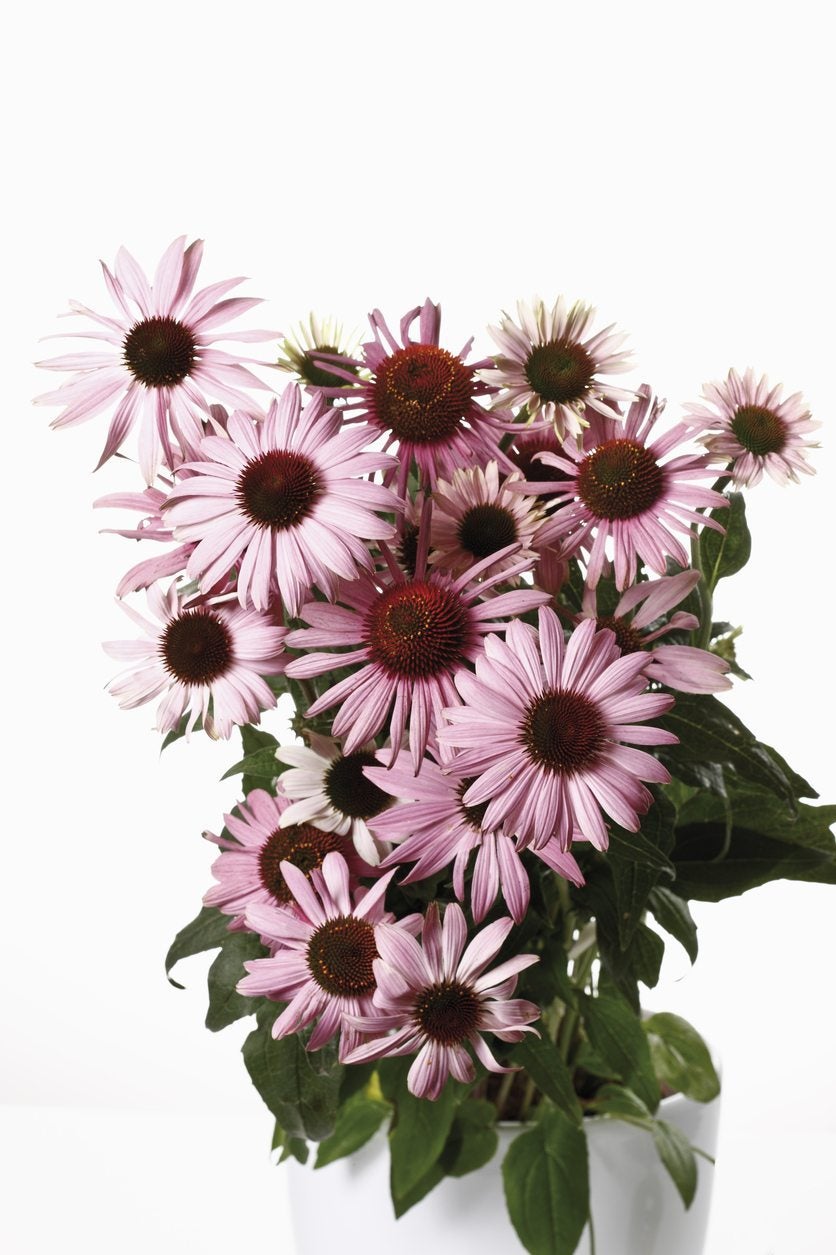

Coneflowers, also frequently known as Echinacea, are very popular, colorful, flowering perennials. Producing very distinctive, big, and daisy-like flowers in shades of red to pink to white with hard, spiky centers, these flowers are both hardy and attractive to pollinators. In other words, there’s no reason not to plant them in your garden. What about containers? If you don’t have the space for a garden bed, will coneflowers grow just as well on a patio or balcony? Keep reading to learn more about how to grow coneflowers in a pot.
Can You Grow Coneflowers in Containers?
It is possible to grow coneflowers in a pot, as long as it’s a big one. Coneflowers are naturally drought tolerant, which is good news for containers since they dry out much more quickly than garden beds. That being said, you don’t want your container grown coneflowers to dry out too much. Never let the soil get soggy but try to water them whenever the top of the soil dries out. To cut down on the need for water, and to give the plant plenty of room to establish itself, opt for as big a container as possible. Coneflowers are perennials, and they should come back bigger and better every spring if allowed. Due to this, you will probably have to divide them and move them to new containers every few years.
How to Grow Coneflowers in Containers
If you’re starting your coneflowers from seed, simply sow the seed in the container in autumn and leave it outside. This will naturally provide the stratification the seeds need to germinate. If you’re planting a seedling, make sure to transplant it with the soil at the same level – you don’t want to cover up the crown. Feed your container grown coneflowers with a 10-10-10 fertilizer. Place the container in an area that receives full sun. Coneflowers are hardy in USDA zones 3 through 9, which means they should be hardy in containers down to zone 5. You can bury the container in a hole in the ground or build up mulch around it for added winter protection.
Gardening tips, videos, info and more delivered right to your inbox!
Sign up for the Gardening Know How newsletter today and receive a free copy of our e-book "How to Grow Delicious Tomatoes".

The only child of a horticulturist and an English teacher, Liz Baessler was destined to become a gardening editor. She has been with Gardening Know how since 2015, and a Senior Editor since 2020. She holds a BA in English from Brandeis University and an MA in English from the University of Geneva, Switzerland. After years of gardening in containers and community garden plots, she finally has a backyard of her own, which she is systematically filling with vegetables and flowers.
-
 Looking For Plants To Give You The Soft And Fuzzies? Try These 5 Fuzzy Leaf Plant Options
Looking For Plants To Give You The Soft And Fuzzies? Try These 5 Fuzzy Leaf Plant OptionsLovers of texture, drama, silver foliage and tactile plants will adore these special sensory garden additions. These fuzzy leaf plant options will leave you all aglow
By Susan Albert
-
 Get Ready For A Summer Of Hummers! Grow These Full Sun Hummingbird Plants and Flowers
Get Ready For A Summer Of Hummers! Grow These Full Sun Hummingbird Plants and FlowersIf you’re lucky enough to enjoy a sunny backyard, make sure you are maxing out on your pollinator opportunities and grow these full sun hummingbird plants and flowers
By Tonya Barnett
-
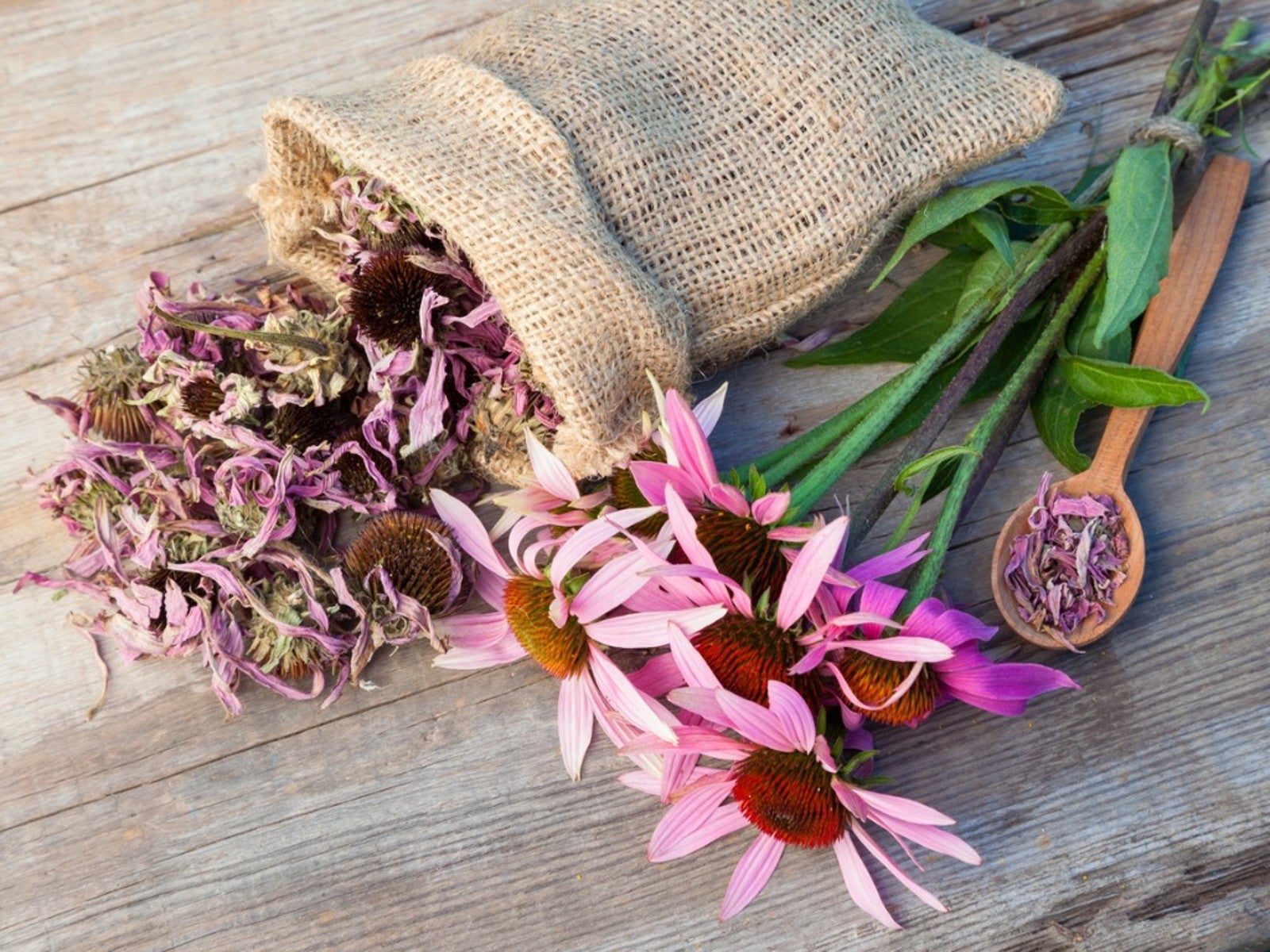 How To Harvest Echinacea Flowers, Seeds And Roots
How To Harvest Echinacea Flowers, Seeds And RootsThe entire echinacea plant can be harvested and used for medicine and health. Learn here how to harvest your pretty coneflowers, from seeds to roots.
By Mary Ellen Ellis
-
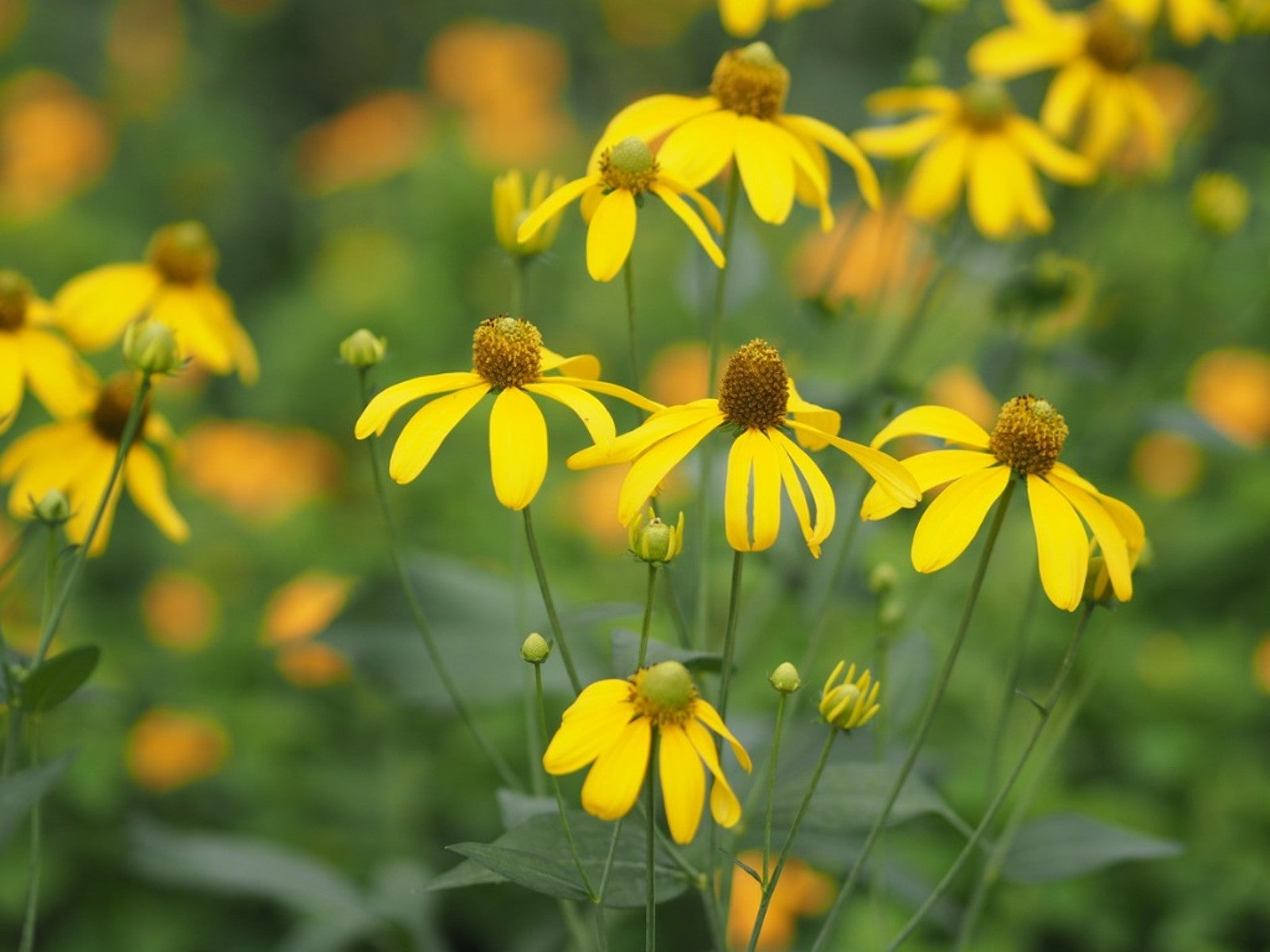 Growing Cutleaf Coneflower - Is Cutleaf Coneflower A Weed
Growing Cutleaf Coneflower - Is Cutleaf Coneflower A WeedCutleaf coneflower is a native wildflower, but that doesn't stop some from finding it weedy. Click here for more information.
By Mary Ellen Ellis
-
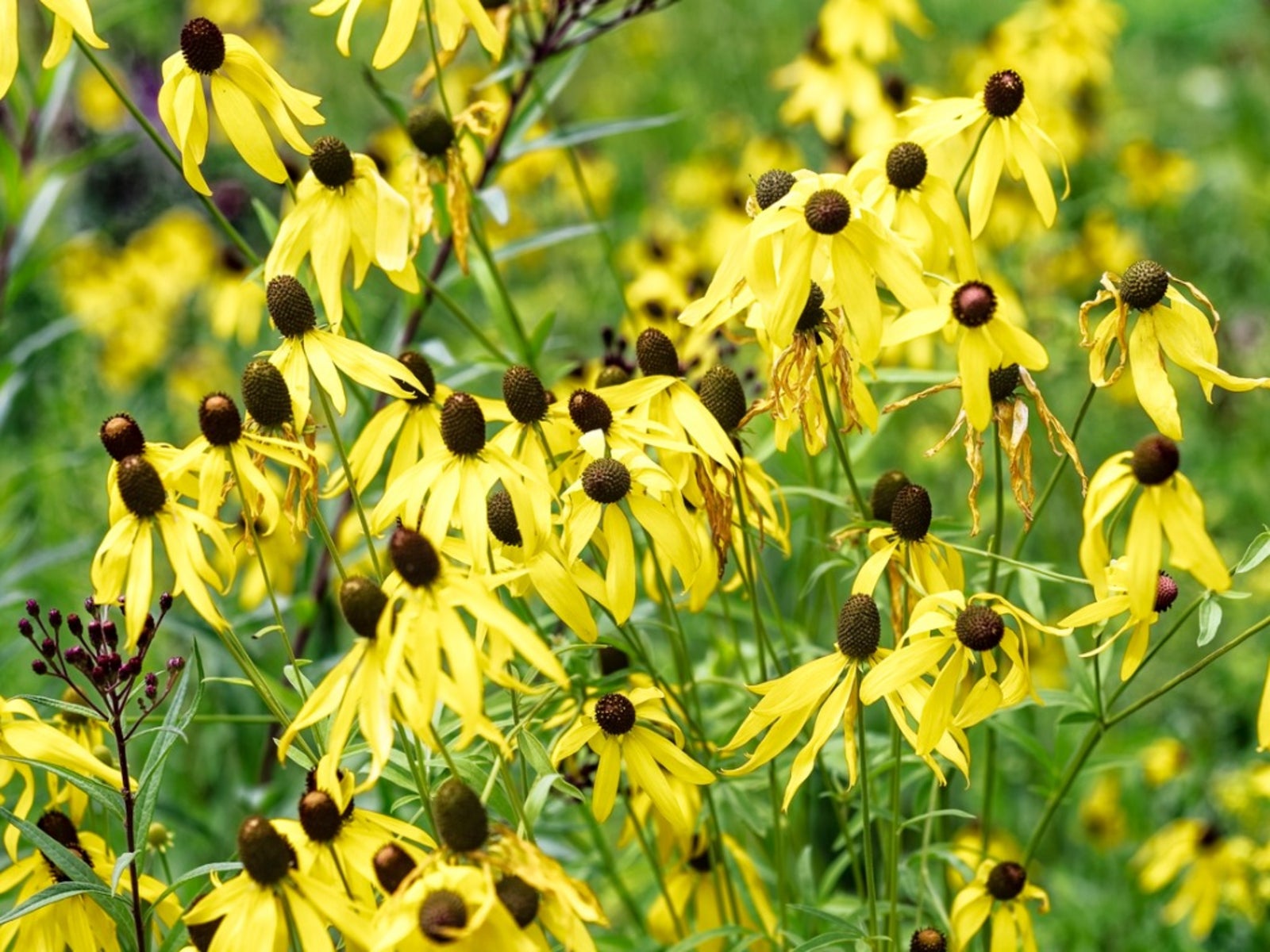 What Is A Gray Headed Coneflower Plant - Care For Gray Headed Coneflowers
What Is A Gray Headed Coneflower Plant - Care For Gray Headed ConeflowersThe gray headed coneflower plant goes by many names and is a native wildflower. Click here for more information on this perennial plant.
By Mary Ellen Ellis
-
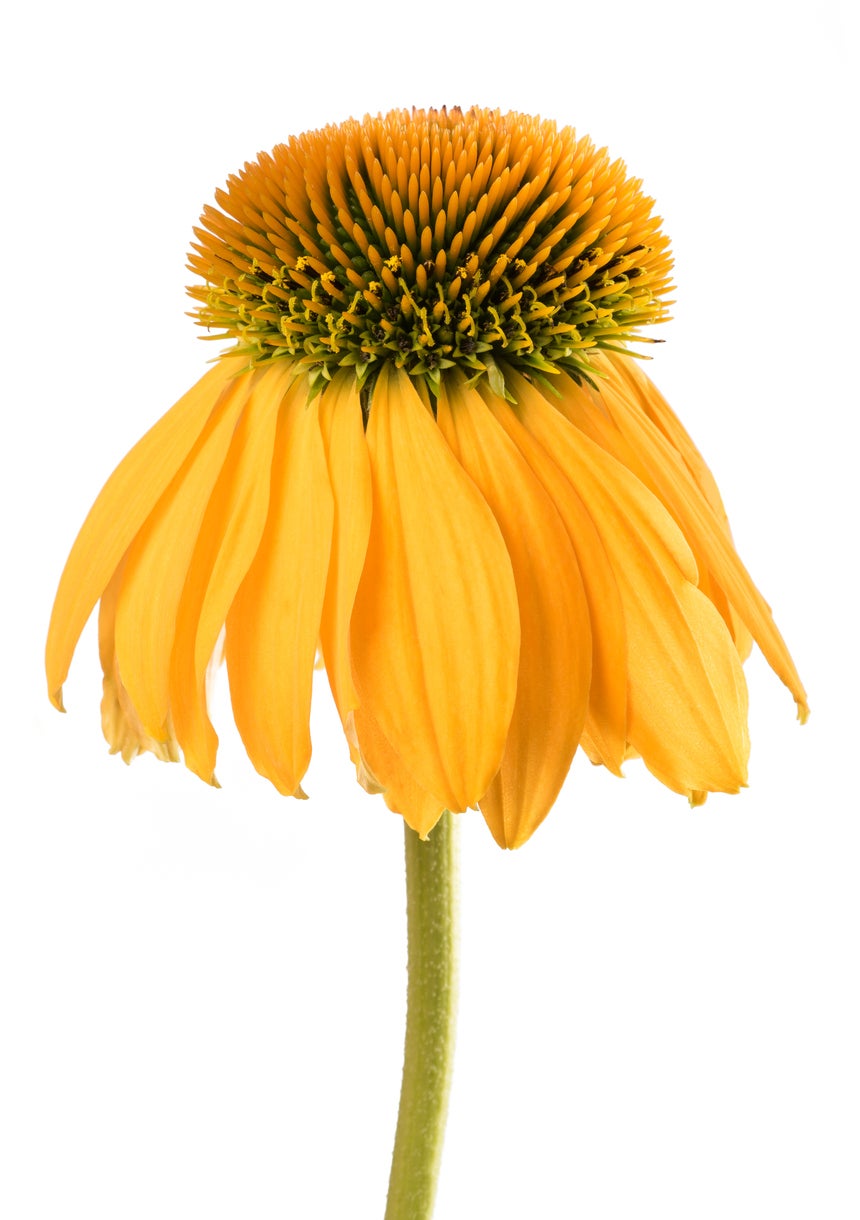 Yellow Echinacea Care – Learn About Growing Yellow Coneflowers
Yellow Echinacea Care – Learn About Growing Yellow ConeflowersEchinacea paradoxa stands out from other native echinacea plants. The “paradox” indicated in this variety’s name comes from the fact that it is the only native echinacea to produce yellow petals. Learn about growing yellow coneflowers here.
By Darcy Larum
-
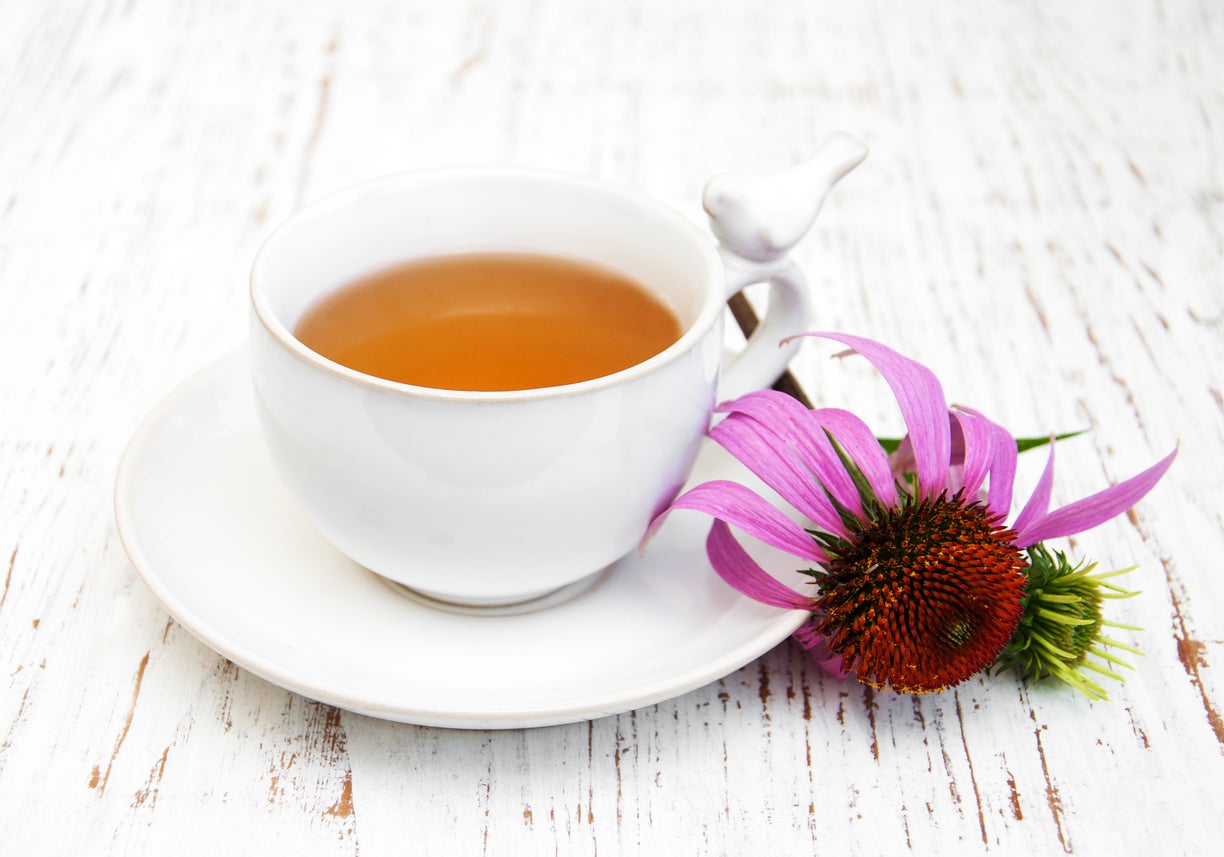 Coneflower Herbal Uses – Growing Echinacea Plants As Herbs
Coneflower Herbal Uses – Growing Echinacea Plants As HerbsConeflowers are pretty plants with big, bright flowers that attract butterflies and songbirds to the garden. But people have also been using coneflowers medicinally for many, many years. Click this article for more information on coneflower herbal uses.
By Teo Spengler
-
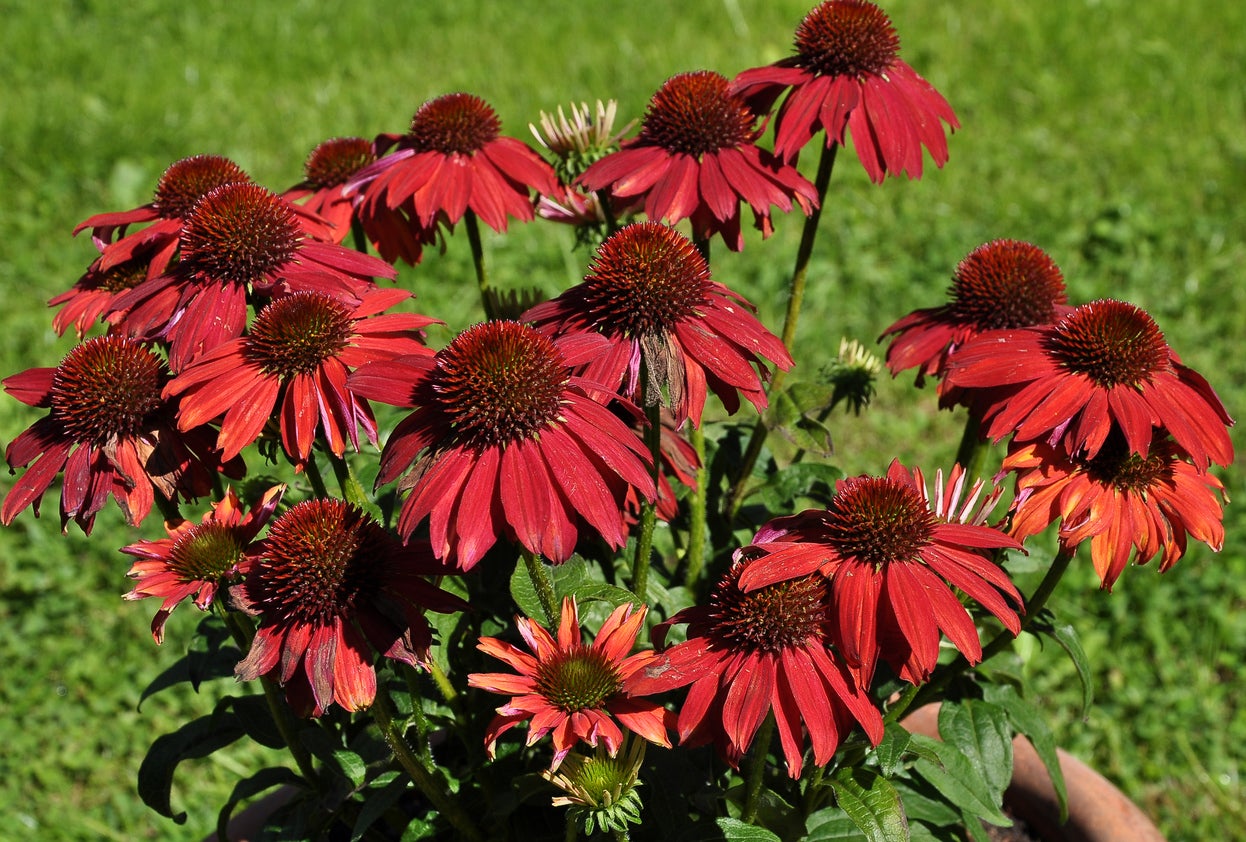 Types Of Coneflower – Learn About Different Kinds Of Coneflower Plant
Types Of Coneflower – Learn About Different Kinds Of Coneflower PlantBy Mary Ellen Ellis
-
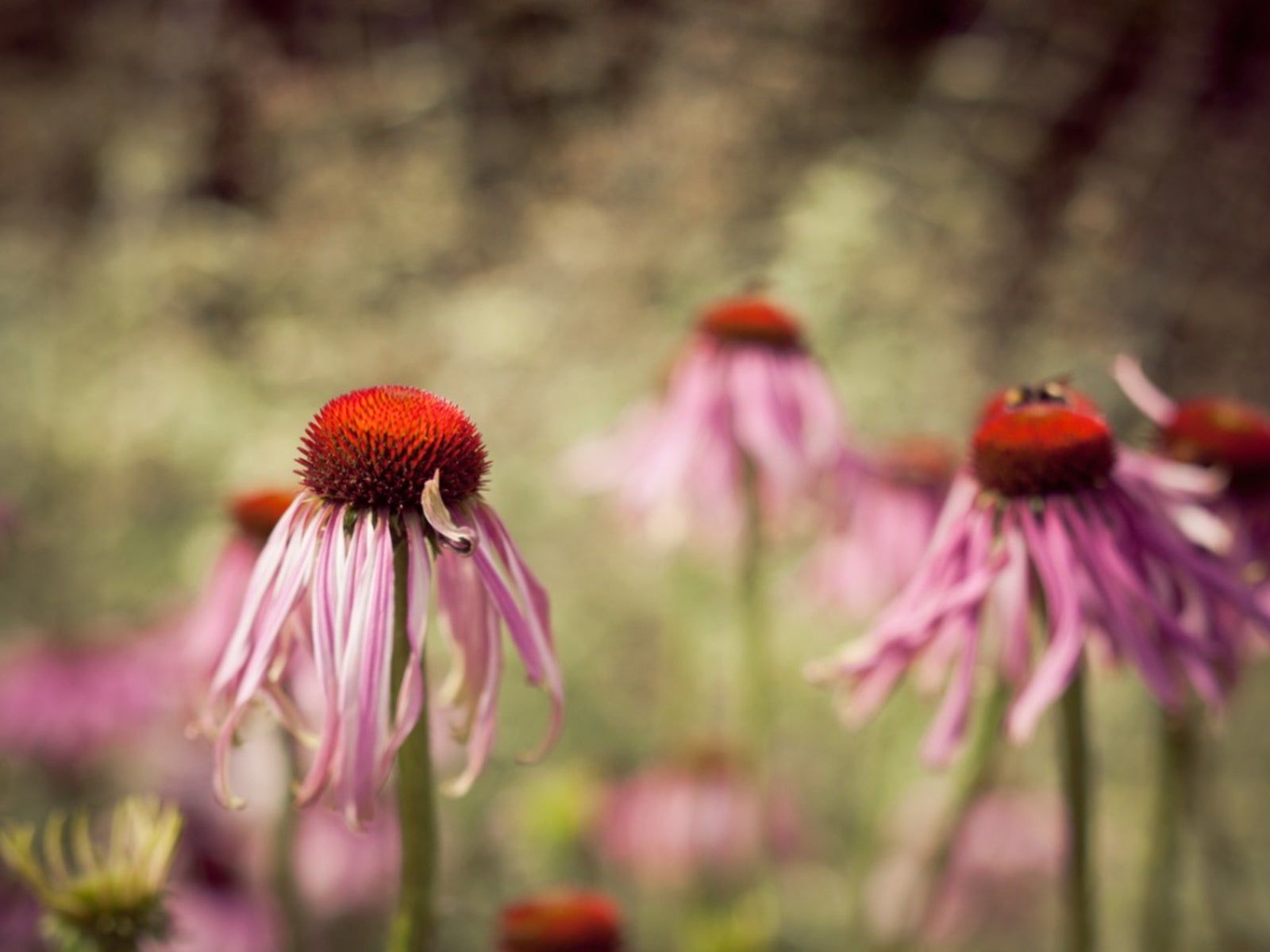 Echinacea Deadheading: Do You Need To Deadhead Coneflowers
Echinacea Deadheading: Do You Need To Deadhead ConeflowersAlso known as purple coneflower, Echinacea has grown wildly and contently for hundreds of years without any maintenance. When I suggest coneflowers to a customer, I am often asked "do you need to deadhead coneflowers?" Click here for the answer.
By Darcy Larum
-
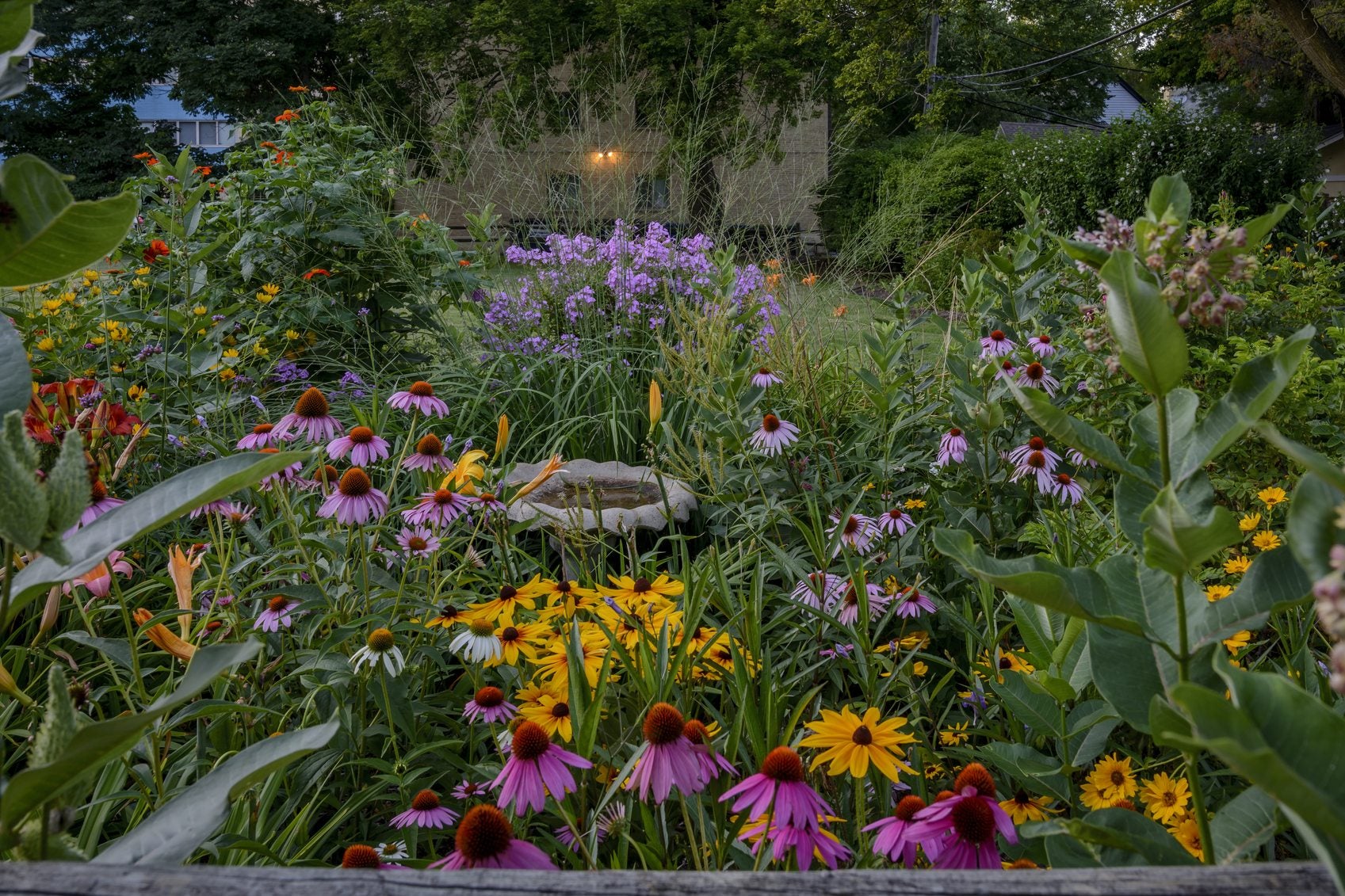 Companion Plants For Echinacea: Learn What To Plant With Coneflowers
Companion Plants For Echinacea: Learn What To Plant With ConeflowersCompanion plants for Echinacea should have similar cultural requirements and can create a bed with attractive blooms for any beneficial insect. To create a lively color bed, choose Echinacea companions carefully. This article will help get you started.
By Bonnie L. Grant